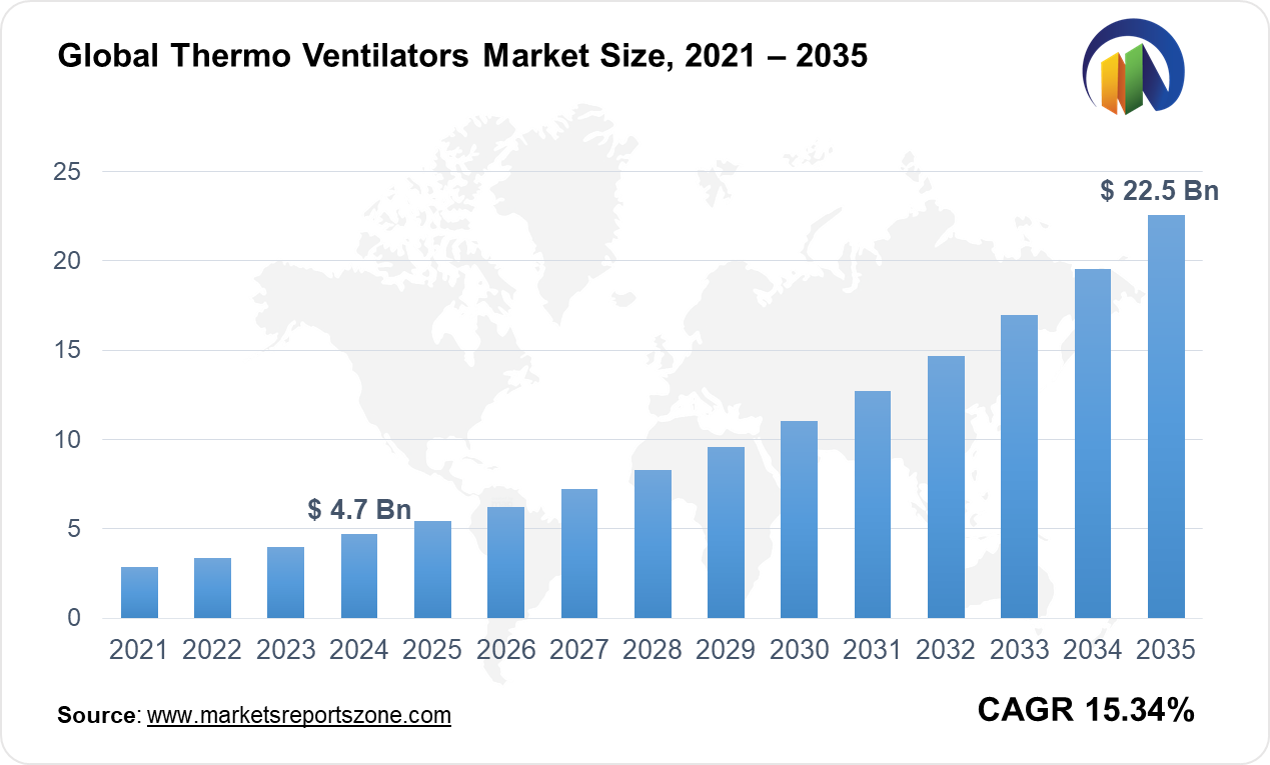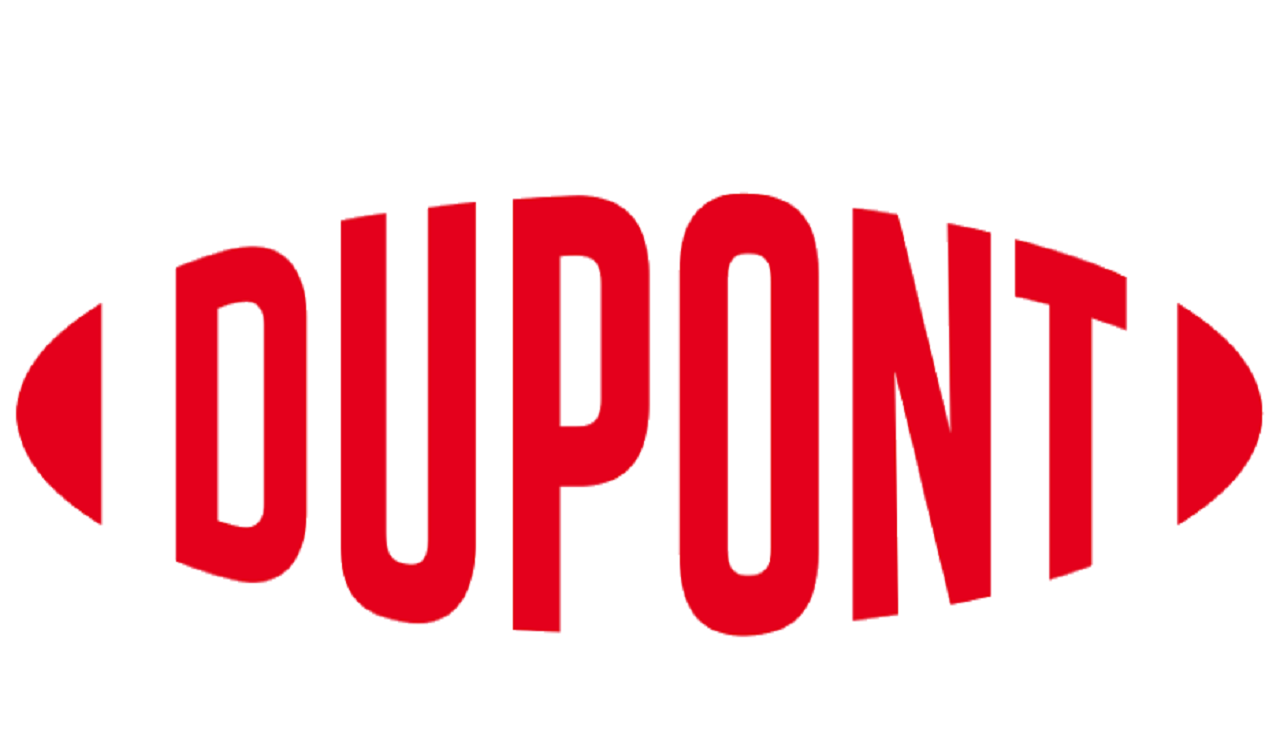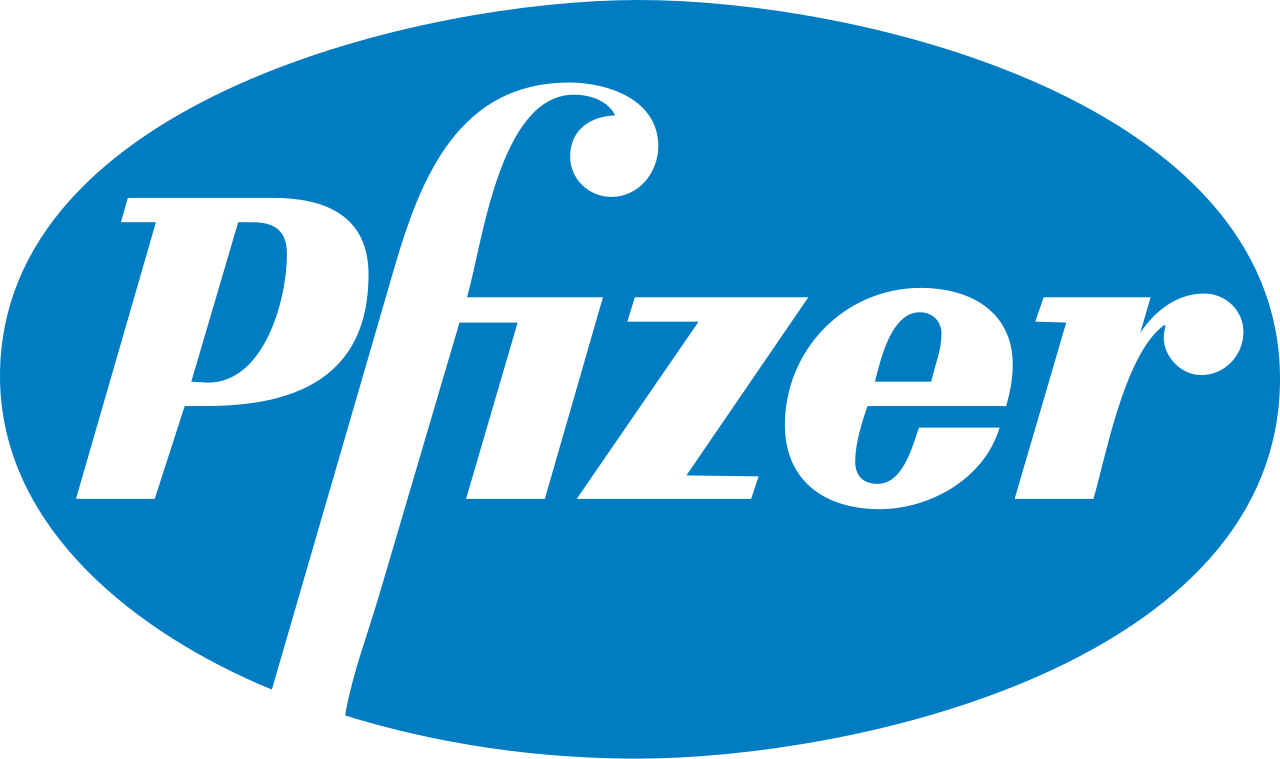Global Thermo Ventilators Market Size is expected to reach USD 22.55 Billion by 2035 from USD 4.69 Billion in 2024, with a CAGR of around 15.34% between 2024 and 2035. Increasing awareness of indoor air quality and rising energy efficiency concerns have been driving the demand for thermo ventilators. Smart home adoption has been rising, leading to the integration of intelligent ventilation systems with automated climate control. Residential and commercial buildings have been adopting these systems to reduce energy consumption while maintaining fresh air circulation. However, high installation costs have been limiting widespread adoption, especially in cost-sensitive markets. Despite this, advancements in sensor technology and AI-driven ventilation controls have been creating new opportunities for manufacturers. The rise of green building initiatives has been pushing the demand for eco-friendly thermo ventilators that use minimal energy while enhancing indoor air quality. In urban areas, poor air quality has been increasing the demand for ventilators with advanced filtration systems, benefiting individuals with respiratory issues. In smart office spaces, automated thermo ventilators have been ensuring optimal temperature and airflow, improving employee comfort and productivity. In extreme climates, such as desert regions, ventilators with heat recovery systems have been reducing cooling costs while maintaining fresh airflow. With sustainability and energy conservation gaining importance, manufacturers have been focusing on innovations that align with environmental goals while meeting modern indoor comfort needs.

Driver: Smart Homes Driving Ventilation Demand
The rise of smart homes has been fueling the demand for intelligent thermo ventilators. Homeowners have been looking for automated solutions that optimize airflow while reducing energy consumption. Advanced ventilators have been integrating with smart home ecosystems, allowing users to control air circulation through voice commands or mobile apps. In modern apartments, sensor-based ventilators have been ensuring optimal indoor air quality by adjusting airflow based on humidity and temperature levels. In commercial buildings, intelligent ventilation systems have been improving energy efficiency by synchronizing with HVAC units, reducing unnecessary power consumption. For instance, in high-rise office towers, smart ventilators have been responding to occupancy levels, adjusting ventilation dynamically to maintain fresh air without excessive cooling or heating. In homes located in polluted urban areas, ventilators with air purification technology have been automatically filtering out harmful particles, ensuring cleaner indoor environments. Hotels have been installing smart ventilators in rooms to enhance guest comfort, adjusting airflow according to real-time climate conditions. With smart technology continuing to evolve, manufacturers have been focusing on developing AI-powered ventilators that learn user preferences and adapt airflow accordingly, making indoor environments healthier, more comfortable, and energy-efficient.
Key Insights:
- The adoption rate of thermo ventilators in commercial and residential buildings is approximately 42% as of 2024.
- Investments by companies and governments in the development of energy-efficient thermo ventilators have reached around $320 million in recent years.
- In 2023, an estimated 1.5 million units of thermo ventilators were sold globally.
- The penetration rate of thermo ventilators in the HVAC industry is about 60%, reflecting their increasing importance in climate control systems.
- Approximately 55% of new construction projects are incorporating thermo ventilators to enhance indoor air quality and energy efficiency.
- The annual growth rate for investments in advanced ventilation technologies is projected to be around 8% over the next five years.
- Surveys indicate that nearly 65% of facility managers prioritize installing thermo ventilators to improve energy savings and occupant comfort.
- The market is experiencing increased demand for smart ventilation solutions, with expectations of a 20% annual growth in installations through 2026.
Segment Analysis:
Ceiling-mounted, window-mounted, and wall-mounted thermo ventilators have been catering to both commercial and residential spaces with growing demand for efficient air circulation. In commercial buildings, ceiling-mounted ventilators have been widely installed in shopping malls, hospitals, and offices to maintain air quality and temperature balance. Restaurants have been using window-mounted ventilators to remove smoke and odors from kitchens, improving the dining experience. Wall-mounted units have been preferred in small office spaces and conference rooms where centralized systems are not feasible. In residential settings, homeowners have been opting for ceiling-mounted ventilators in living rooms and bedrooms to enhance airflow without taking up window space. Window-mounted models have been popular in apartments where installation flexibility is required, especially in older buildings without centralized HVAC systems. Wall-mounted ventilators have been providing a practical solution for basements and bathrooms, preventing humidity buildup and mold formation. Smart ventilators with automated controls have been gaining traction in modern homes, allowing users to regulate airflow remotely. With growing urbanization and the need for energy-efficient air management, the integration of ventilation systems in both residential and commercial sectors has been expanding, ensuring improved comfort, air quality, and sustainability in various indoor environments.
Regional Analysis:
Thermo ventilators have been witnessing growing demand across all regions due to increasing focus on indoor air quality and energy efficiency. In North America, modern commercial buildings and smart homes have been integrating ceiling-mounted ventilators with automated controls to enhance airflow management. In Europe, strict environmental regulations have been driving the adoption of energy-efficient wall-mounted ventilators in office spaces and residential apartments, reducing carbon footprints. In Asia-Pacific, rapid urbanization and high-rise residential constructions have been fueling demand for window-mounted ventilators, particularly in countries with compact living spaces. Luxury hotels in the region have been installing advanced ventilation systems to improve guest comfort. In the Middle East and Africa, extreme weather conditions have been increasing the need for ventilators in both residential and commercial applications, ensuring proper air circulation in hot climates. Shopping malls and hospitals in the region have been focusing on ventilation upgrades to maintain indoor temperature balance. In South America, rising construction projects have been creating demand for cost-effective ventilators in commercial buildings, while homeowners have been adopting smart ventilation solutions to improve air quality. With a growing emphasis on health and sustainability, thermo ventilators have been playing a crucial role in enhancing indoor environments worldwide.
Competitive Scenario:
Leading companies in the thermo ventilator market have been focusing on energy efficiency, smart technology, and improved indoor air quality. Ceiling-mounted systems have been gaining traction in commercial spaces, with companies like Siemens and Swegon Group AB developing advanced ventilation solutions for office buildings and shopping malls. Wall-mounted and window-mounted systems have been widely adopted in residential applications, with Mitsubishi Electric and Panasonic introducing smart-controlled ventilators that optimize airflow and reduce energy consumption. Honeywell International Inc. has been innovating in air filtration technology, ensuring better air purification in both commercial and residential settings. Aereco has been leading advancements in humidity-sensitive ventilation systems, enhancing comfort in homes and hotels. In the smart home sector, Lennox International Inc. and Whirlpool have been integrating their ventilators with IoT-enabled automation, allowing users to control air circulation remotely. Sauter Controls GmbH has been enhancing commercial building efficiency with intelligent ventilation controls, while Vaisala has been providing sensor-based solutions to monitor and improve air quality in industrial and healthcare environments. With increasing concerns about indoor air pollution and energy efficiency, companies have been continuously upgrading their product offerings to meet the growing demand for sustainable and high-performance ventilation solutions.
Thermo Ventilators Market Report Scope
| Report Attribute | Details |
|---|
| Market Size Value in 2024 | USD 4.69 Billion |
| Revenue Forecast in 2035 | USD 22.55 Billion |
| Growth Rate | CAGR of 15.34% from 2025 to 2035 |
| Historic Period | 2021 - 2024 |
| Forecasted Period | 2025 - 2035 |
| Report Coverage | Revenue forecast, company ranking, competitive landscape, growth factors, and trends |
| Regions Covered | North America; Europe; Asia Pacific; Latin America; Middle East & Africa |
| Countries Covered | U.S.; Canada; Mexico, UK; Germany; France; Spain; Italy; Russia; China; Japan; India; South Korea; Australia; Southeast Asia; Brazil; Argentina; Saudi Arabia; UAE; South Africa |
| Key companies profiled | Aereco; Honeywell International Inc.; Lennox International Inc.; Mistubishi Electric; Panasonic; Sauter Controls GmbH; Siemens; Swegon Group AB; Vaisala; Whirlpool |
| Customization | Free report customization (equivalent up to 8 analysts working days) with purchase. Addition or alteration to country, regional & segment scope. |
The Global Thermo Ventilators Market report is segmented as follows:
By Type,
- Ceiling Mounted
- Window Mounted
- Wall Mounted
By Application,
By Region,
- North America
- Europe
- UK
- Germany
- France
- Spain
- Italy
- Russia
- Rest of Europe
- Asia Pacific
- China
- Japan
- India
- South Korea
- Australia
- Southeast Asia
- Rest of Asia Pacific
- Latin America
- Brazil
- Argentina
- Rest of Latin America
- Middle East & Africa
- Saudi Arabia
- UAE
- South Africa
- Rest of Middle East and Africa
Key Market Players,
Frequently Asked Questions
Global Thermo Ventilators Market Size was valued at USD 4.69 Billion in 2024 and is projected to reach at USD 22.55 Billion in 2035.
Global Thermo Ventilators Market is expected to grow at a CAGR of around 15.34% during the forecasted year.
North America, Asia Pacific and Europe are major regions in the global Thermo Ventilators Market.
Key players analyzed in the global Thermo Ventilators Market are Aereco; Honeywell International Inc.; Lennox International Inc.; Mistubishi Electric; Panasonic; Sauter Controls GmbH; Siemens; Swegon Group AB; Vaisala; Whirlpool and so on.
Research Objectives
- Proliferation and maturation of trade in the global Thermo Ventilators Market.
- The market share of the global Thermo Ventilators Market, supply and demand ratio, growth revenue, supply chain analysis, and business overview.
- Current and future market trends that are influencing the growth opportunities and growth rate of the global Thermo Ventilators Market.
- Feasibility study, new market insights, company profiles, investment return, market size of the global Thermo Ventilators Market.
Chapter 1 Thermo Ventilators Market Executive Summary
- 1.1 Thermo Ventilators Market Research Scope
- 1.2 Thermo Ventilators Market Estimates and Forecast (2021-2035)
- 1.2.1 Global Thermo Ventilators Market Value and Growth Rate (2021-2035)
- 1.2.2 Global Thermo Ventilators Market Price Trend (2021-2035)
- 1.3 Global Thermo Ventilators Market Value Comparison, by Type (2021-2035)
- 1.3.1 Ceiling Mounted
- 1.3.2 Window Mounted
- 1.3.3 Wall Mounted
- 1.4 Global Thermo Ventilators Market Value Comparison, by Application (2021-2035)
- 1.4.1 Commercial
- 1.4.2 Residential
Chapter 2 Research Methodology
- 2.1 Introduction
- 2.2 Data Capture Sources
- 2.2.1 Primary Sources
- 2.2.2 Secondary Sources
- 2.3 Market Size Estimation
- 2.4 Market Forecast
- 2.5 Assumptions and Limitations
Chapter 3 Market Dynamics
- 3.1 Market Trends
- 3.2 Opportunities and Drivers
- 3.3 Challenges
- 3.4 Market Restraints
- 3.5 Porter's Five Forces Analysis
Chapter 4 Supply Chain Analysis and Marketing Channels
- 4.1 Thermo Ventilators Supply Chain Analysis
- 4.2 Marketing Channels
- 4.3 Thermo Ventilators Suppliers List
- 4.4 Thermo Ventilators Distributors List
- 4.5 Thermo Ventilators Customers
Chapter 5 COVID-19 & Russia?Ukraine War Impact Analysis
- 5.1 COVID-19 Impact Analysis on Thermo Ventilators Market
- 5.2 Russia-Ukraine War Impact Analysis on Thermo Ventilators Market
Chapter 6 Thermo Ventilators Market Estimate and Forecast by Region
- 6.1 Global Thermo Ventilators Market Value by Region: 2021 VS 2023 VS 2035
- 6.2 Global Thermo Ventilators Market Scenario by Region (2021-2023)
- 6.2.1 Global Thermo Ventilators Market Value Share by Region (2021-2023)
- 6.3 Global Thermo Ventilators Market Forecast by Region (2024-2035)
- 6.3.1 Global Thermo Ventilators Market Value Forecast by Region (2024-2035)
- 6.4 Geographic Market Analysis: Market Facts and Figures
- 6.4.1 North America Thermo Ventilators Market Estimates and Projections (2021-2035)
- 6.4.2 Europe Thermo Ventilators Market Estimates and Projections (2021-2035)
- 6.4.3 Asia Pacific Thermo Ventilators Market Estimates and Projections (2021-2035)
- 6.4.4 Latin America Thermo Ventilators Market Estimates and Projections (2021-2035)
- 6.4.5 Middle East & Africa Thermo Ventilators Market Estimates and Projections (2021-2035)
Chapter 7 Global Thermo Ventilators Competition Landscape by Players
- 7.1 Global Top Thermo Ventilators Players by Value (2021-2023)
- 7.2 Thermo Ventilators Headquarters and Sales Region by Company
- 7.3 Company Recent Developments, Mergers & Acquisitions, and Expansion Plans
Chapter 8 Global Thermo Ventilators Market, by Type
- 8.1 Global Thermo Ventilators Market Value, by Type (2021-2035)
- 8.1.1 Ceiling Mounted
- 8.1.2 Window Mounted
- 8.1.3 Wall Mounted
Chapter 9 Global Thermo Ventilators Market, by Application
- 9.1 Global Thermo Ventilators Market Value, by Application (2021-2035)
- 9.1.1 Commercial
- 9.1.2 Residential
Chapter 10 North America Thermo Ventilators Market
- 10.1 Overview
- 10.2 North America Thermo Ventilators Market Value, by Country (2021-2035)
- 10.2.1 U.S.
- 10.2.2 Canada
- 10.2.3 Mexico
- 10.3 North America Thermo Ventilators Market Value, by Type (2021-2035)
- 10.3.1 Ceiling Mounted
- 10.3.2 Window Mounted
- 10.3.3 Wall Mounted
- 10.4 North America Thermo Ventilators Market Value, by Application (2021-2035)
- 10.4.1 Commercial
- 10.4.2 Residential
Chapter 11 Europe Thermo Ventilators Market
- 11.1 Overview
- 11.2 Europe Thermo Ventilators Market Value, by Country (2021-2035)
- 11.2.1 UK
- 11.2.2 Germany
- 11.2.3 France
- 11.2.4 Spain
- 11.2.5 Italy
- 11.2.6 Russia
- 11.2.7 Rest of Europe
- 11.3 Europe Thermo Ventilators Market Value, by Type (2021-2035)
- 11.3.1 Ceiling Mounted
- 11.3.2 Window Mounted
- 11.3.3 Wall Mounted
- 11.4 Europe Thermo Ventilators Market Value, by Application (2021-2035)
- 11.4.1 Commercial
- 11.4.2 Residential
Chapter 12 Asia Pacific Thermo Ventilators Market
- 12.1 Overview
- 12.2 Asia Pacific Thermo Ventilators Market Value, by Country (2021-2035)
- 12.2.1 China
- 12.2.2 Japan
- 12.2.3 India
- 12.2.4 South Korea
- 12.2.5 Australia
- 12.2.6 Southeast Asia
- 12.2.7 Rest of Asia Pacific
- 12.3 Asia Pacific Thermo Ventilators Market Value, by Type (2021-2035)
- 12.3.1 Ceiling Mounted
- 12.3.2 Window Mounted
- 12.3.3 Wall Mounted
- 12.4 Asia Pacific Thermo Ventilators Market Value, by Application (2021-2035)
- 12.4.1 Commercial
- 12.4.2 Residential
Chapter 13 Latin America Thermo Ventilators Market
- 13.1 Overview
- 13.2 Latin America Thermo Ventilators Market Value, by Country (2021-2035)
- 13.2.1 Brazil
- 13.2.2 Argentina
- 13.2.3 Rest of Latin America
- 13.3 Latin America Thermo Ventilators Market Value, by Type (2021-2035)
- 13.3.1 Ceiling Mounted
- 13.3.2 Window Mounted
- 13.3.3 Wall Mounted
- 13.4 Latin America Thermo Ventilators Market Value, by Application (2021-2035)
- 13.4.1 Commercial
- 13.4.2 Residential
Chapter 14 Middle East & Africa Thermo Ventilators Market
- 14.1 Overview
- 14.2 Middle East & Africa Thermo Ventilators Market Value, by Country (2021-2035)
- 14.2.1 Saudi Arabia
- 14.2.2 UAE
- 14.2.3 South Africa
- 14.2.4 Rest of Middle East & Africa
- 14.3 Middle East & Africa Thermo Ventilators Market Value, by Type (2021-2035)
- 14.3.1 Ceiling Mounted
- 14.3.2 Window Mounted
- 14.3.3 Wall Mounted
- 14.4 Middle East & Africa Thermo Ventilators Market Value, by Application (2021-2035)
- 14.4.1 Commercial
- 14.4.2 Residential
Chapter 15 Company Profiles and Market Share Analysis: (Business Overview, Market Share Analysis, Products/Services Offered, Recent Developments)
- 15.1 Aereco
- 15.2 Honeywell International Inc.
- 15.3 Lennox International Inc.
- 15.4 Mistubishi Electric
- 15.5 Panasonic
- 15.6 Sauter Controls GmbH
- 15.7 Siemens
- 15.8 Swegon Group AB
- 15.9 Vaisala
- 15.10 Whirlpool



